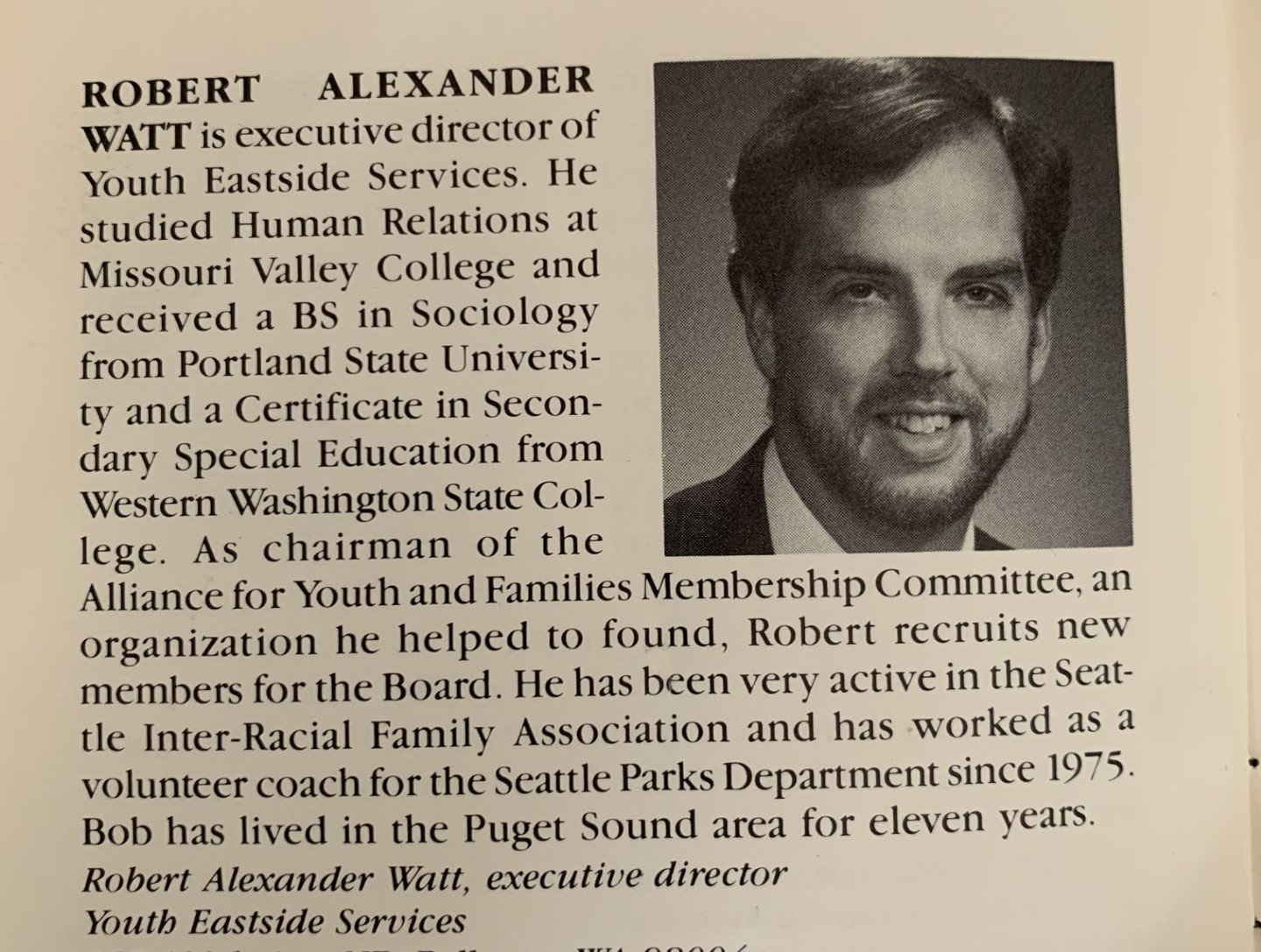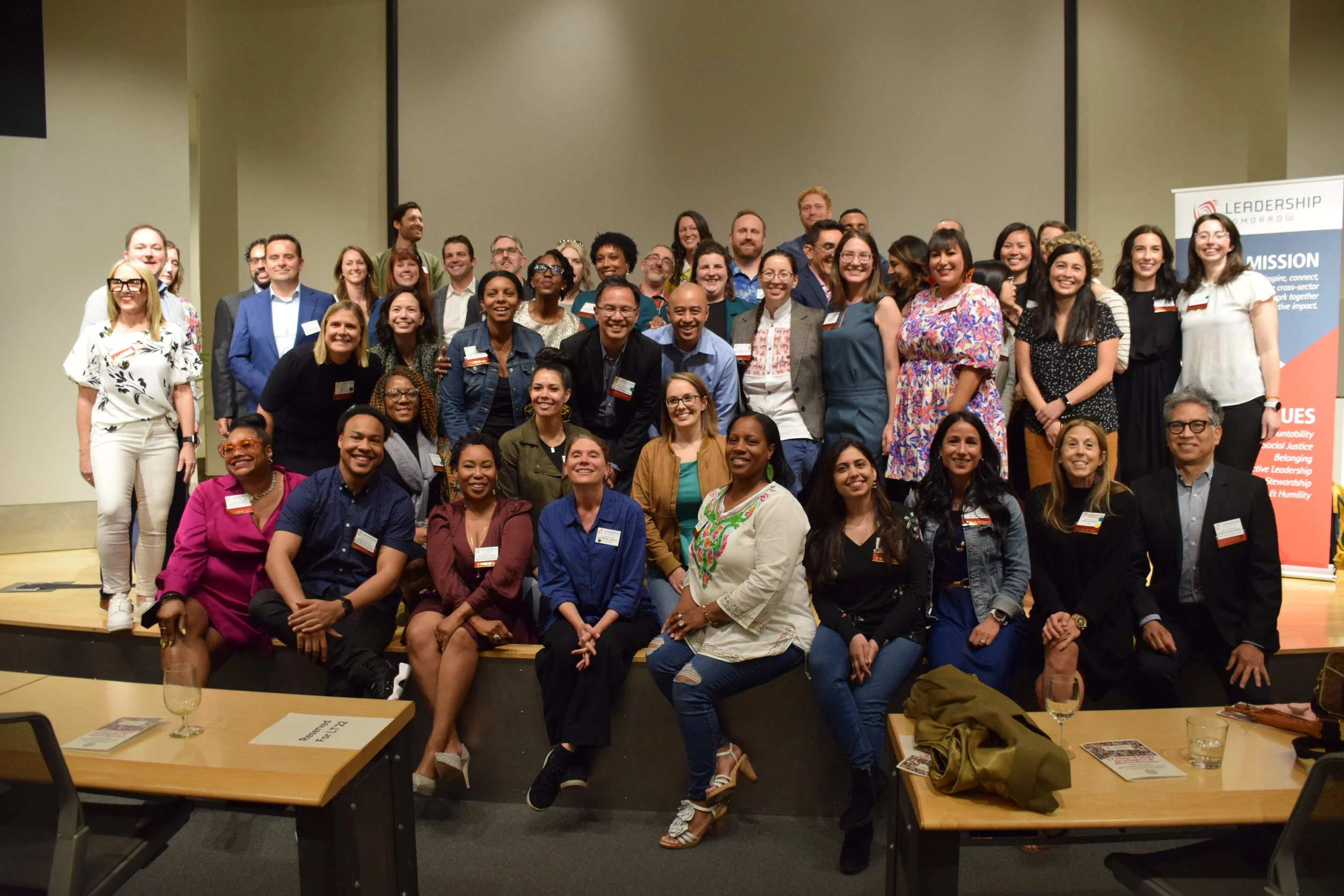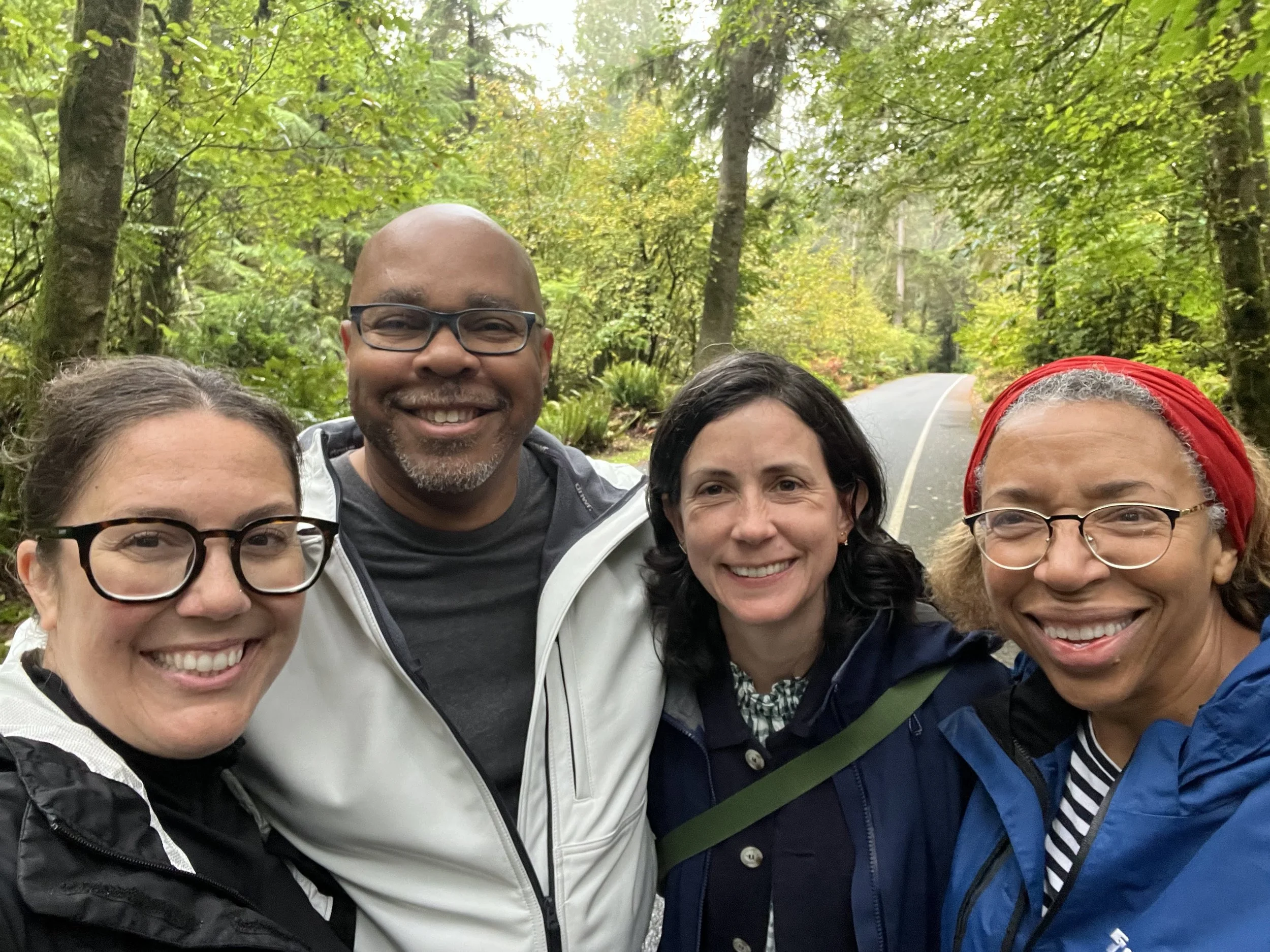Bob Watt, LT'84
40 Years of Excellence: Bob Watt’s Inspiring Journey
Engaged leadership is the foundation of thriving communities.
For 40 years, Leadership Tomorrow has worked at the forefront of civic engagement to cultivate a network of inclusive, courageous, and curious leaders across Puget Sound. As we celebrate this special milestone, we are proud to highlight stories from LT alumni who continue to shape our region into a vibrant, vital community where all can thrive. Explore moments from their leadership journeys, past and present, as we consider collectively what challenges and opportunities lay ahead in the next 40 years—and beyond.
How LT helped two different leaders make big things happen
LT class of ’84: Being selected to join LT’84 was such an honor. Being in that class connected me to a network of leaders who I didn’t know before, whose advice, collaboration, support, and perspective I’ve relied on over and over in the years since. Perhaps the most significant connection I made during that year was with Martha Choe. We were teammates on that first project team, and we worked together on some very significant projects in our city and state over the next few decades.
An experiment for everyone: Our class, being the first, was an experiment for everyone: classmates, staff, and volunteers. We were allowed to self-assemble our team—what a team we assembled!—and we chose our project from a list of options. Together, we were diverse in experience, perspective, and professional track, as well as race and gender. A fabulous team!
Bob Watt’s photo and bio in the LT’84 directory
We chose the topic of making downtown Seattle more of a 24-hour city. Wow, did I learn a lot that came in handy a few years later. Up to that point, I’d been a social services professional; what did I know about FARs (floor area ratios), zoning regulations, or bonus incentives for developers? Answer: Nothing! What did I know about the role that arts and cultural institutions play in enlivening a downtown and attracting more people? Again: Zip.
But I sure learned.
Photo of the Mayor’s office team shortly after Mayor Rice was sworn in as mayor in 1990.
That experience was really valuable when I became deputy mayor to Mayor Norm Rice and one of my project teammates, Martha Choe, became a Seattle City Council member. In the early 1990s, downtown Seattle hit a very rough patch. Stores closed, crime increased, graffiti spread—and Mayor Rice knew he had to turn it around. That meant we needed a plan.
Because of our LT experience it was not at all hard for Martha and me to understand what the elements of that plan should be. The plan had all the elements from our LT project: zoning changes to allow more housing downtown; a dramatic makeover of existing retail spaces; a purchase by the city of land that allowed Benaroya Hall to be built; the creation of new retail, dining, and movie spaces anchored by a city-owned parking garage; and the purchase of the Eagles Auditorium, which allowed ACT Theater to move downtown.
We successfully lobbied the state legislature to expand the Washington State Convention Center, so I got to work with one of the founders of LT, Jim Ellis! While the specifics of these actions had not been spelled out in our LT’84 project, the ideas that underpinned the plan were all there. Most importantly, all those efforts paid off. Downtown Seattle was revitalized, and the revitalization lasted until the pandemic hit.
But wait, there’s more: Seven years later, Martha and I worked together again on a project of major significance to our state. She was the director of the Washington State Department of Community Trade and Economic Development, and I was the vice-president for state and local government relations and global corporate citizenship for the Boeing Company.
It’s hard to understate how important the 787 decision was to our state in 2002. There were no better blue-collar jobs at the time than being a Boeing machinist. The company decided to have a “full and fair competition” about siting the final assembly of this new airplane; to no one’s surprise, many states were interested in competing. All of them had more incentives to offer than Washington state, due to our state constitution.
What the other states didn’t have was Martha and Bob (only slightly kidding). Because we had already built a deeply trusting relationship and a track record of pulling off big deals, we talked to each other throughout the competition. Building a new commercial airliner from scratch is a once-in-a-decade project; there was reason to worry that, if Boeing decided to build the 787 in another state, the company would move more and more work to other states over time. They had already demonstrated this by moving their corporate headquarters from Seattle to Chicago.
We bounced ideas back and forth while being careful not to violate the ethical leadership standards that we both held as core parts of our personalities. You can’t have the kind of trust we had in each other without a super strong ethical core. In the end, Boeing chose Washington state: a big win for then governor Gary Locke and for the Washington economy.
I retired from Boeing at the end of 2007, a bit under one year from the time Alan Mulally (LT’85) left Boeing to go to Ford. What’s happened to Boeing since 2007 is, sadly, all too well documented, including the decision to move 787 production out of Washington state.
What has happened to downtown Seattle has also been well documented. Seems like one lesson here is that leaders can do the right thing and get outstanding results; the next generation of leaders has to work very hard to not let it all slip away. The challenge is to get better—every day, forever—which is surely easier said than done.
LT today—and in the future: Here, I would simply cite a favorite quote from another of LT’s founders, George Duff: Life is a parade, not a crowd. There will (hopefully!) always be leaders and would-be leaders seeking to enhance their skills and networks. LT provides a great path to growth for anyone seeking to do just that.
Unexpected benefits: The relationship between Martha and me was certainly an unexpected benefit—and still is. Forty years after we first met, we’re both serving on an advisory team for Alaska Airlines. Undoubtedly, having the blessing of Seattleites who were clearly the “establishment” in 1983 and 1984 brought wind beneath our wings that was not always obvious, but almost always helpful.
On values: I remember Jim Ellis telling us that you can get a lot done if you don’t care who gets the credit. Amen! I would only add that a self-deprecating sense of humor that never demeans goes a long way to getting things done. I’m leading a nonprofit as board chair, and all the principles still apply. Here’s another quote that I try to live by: Of a good leader, when their work is done and their aim fulfilled, the people will say, ‘We did this ourselves.’













